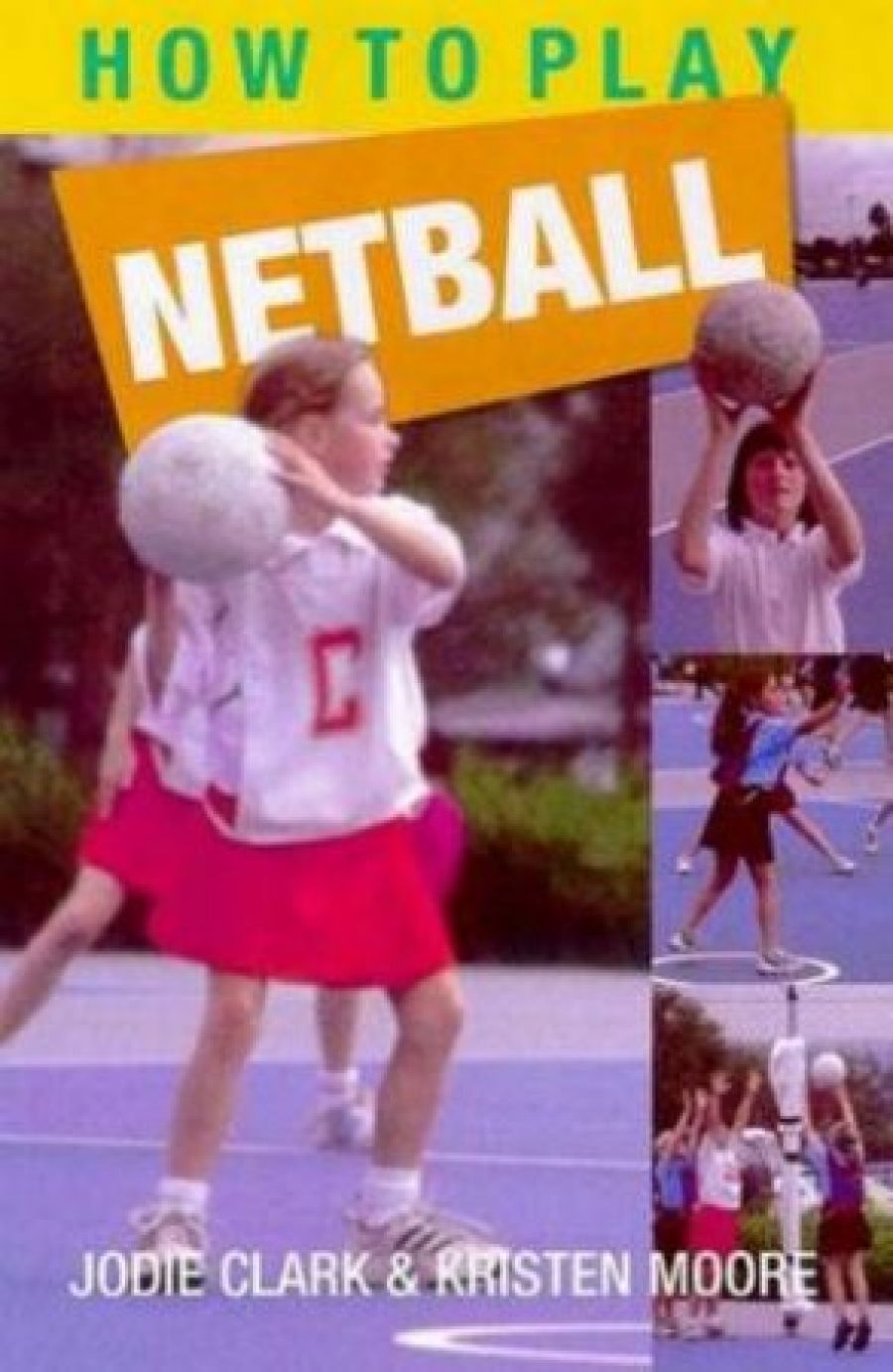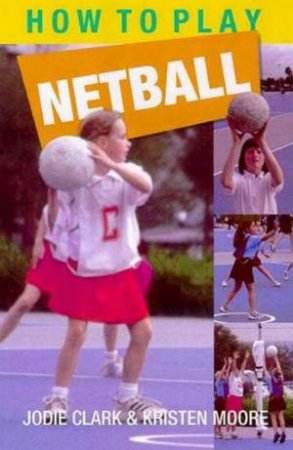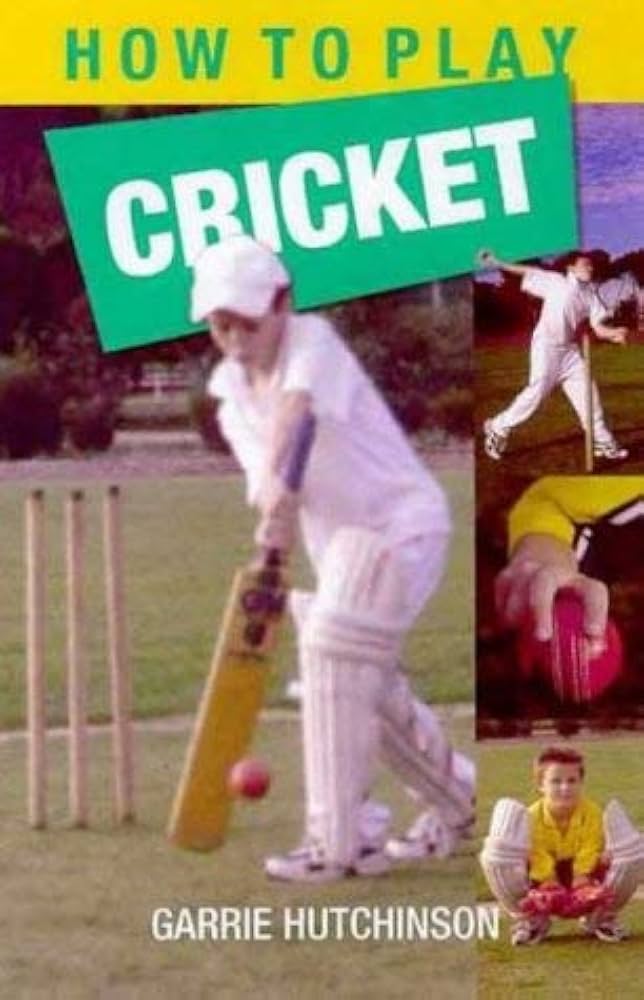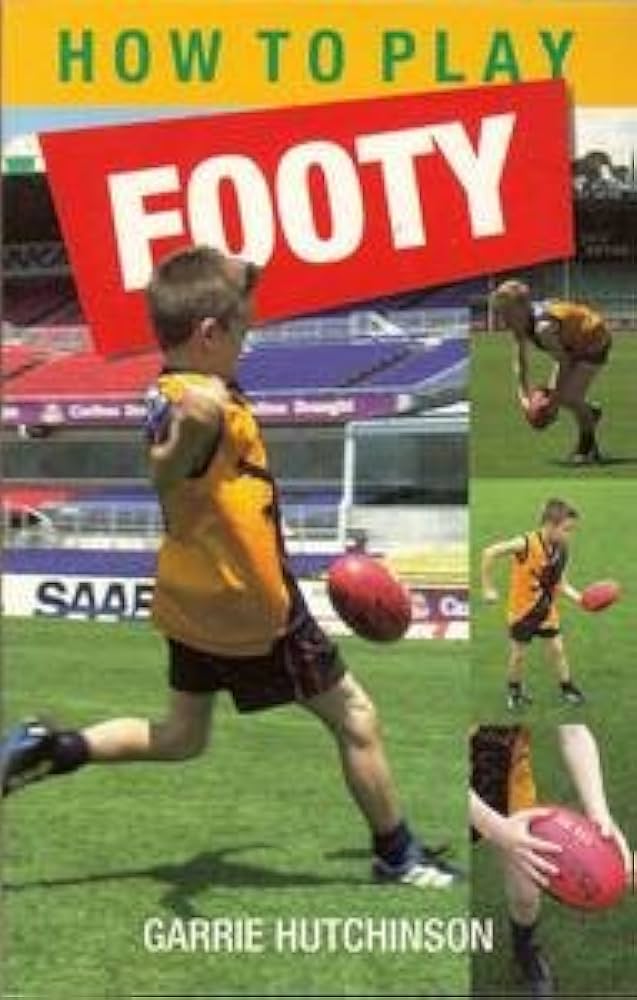
- Free Article: No
- Contents Category: Children's Non-Fiction
- Custom Article Title: Stella Lees reviews Seven Children's Non-Fiction Books
- Review Article: Yes
- Article Title: Opening Eyes
- Online Only: No
- Custom Highlight Text:
I was given these books for review just as I was finishing W.G. Sebald’s novel Austerlitz. Its combination of fictional characters, information about language, architecture and war, and visual images reminded me that reading has so many functions. We read in order to imagine, to learn, to make discoveries. My admiration for Austerlitz also put me in mind of national differences. On the cover is a photograph of a child dressed as a pageboy and holding a feathered hat. His serious gaze and self-conscious posture mark him as a product of a culture where the intellect has precedence over the physical. Pale hair and a gently rounded face indicate his European origins, but otherwise it is almost impossible to relate him to any Australian child.
- Book 1 Title: How to Play Netball
- Book 1 Biblio: Lothian, $12.95pb, 90pp, 0 7344 0434 4
- Book 1 Cover Small (400 x 600):

- Book 1 Cover (800 x 1200):

- Book 2 Title: How to Play Cricket
- Book 2 Biblio: Lothian, $12.95pb, 112pp, 0 7344 0433 6
- Book 2 Cover Small (400 x 600):

- Book 2 Cover (800 x 1200):

- Book 3 Title: How to Play Footy
- Book 3 Biblio: Lothian, $12.95pb, 89pp, 0 7344 0435 2
- Book 3 Cover Small (400 x 600):

- Book 3 Cover (800 x 1200):

If your young reader leans towards science rather than ball skills, Dr Karl Kruszelnicki is a more fitting choice. His book is a combination of previous publications: Ears, Gears and Gadgets; Forests, Fleece and Prickly Pears; and Flight, Food & Thingummyjigs – originally in Science and Technology and People and Achievements (1988), then revised for A&R’s Books 1, 2 and 3 of Great Australian Facts and Firsts (1997). Some mistakes have been corrected, although Kruszelnicki apologises for information that is out of date or just plain wrong. The extraordinary array of facts and anecdotes include Australian inventions such as the self-firing rifles of Gallipoli, rainmaking, the shearing machine and a myriad of other items that are presented and illustrated with wit. Hargrave, Kingsford Smith, William Farrar, dung beetles, cactoblastus cactorum, sharks – they’re all here. Articles on refrigeration appear next to ones on landing an aircraft safely; Mawson next to surf lifesaving. Like The Guinness Book of Records, Great Australian Facts & Firsts should do well, despite its abstruse organisation.
If coherent and specific information is what you are looking for, Robin Stewart’s Alternative Pets is a rich resource for teaching your child how to care for less powerful species. It is a newly edited version of New Faces (1993), and is surely the definitive book on keeping birds, lizards, rabbits, rats and mice, ferrets, fish, crabs, crickets, silkworms, snails and more, with detail on how to keep them happy and healthy, how to handle and train them, and even some advice on how to deal with their death. Containing informative photographs, a glossary and indexes, Alternative Pets is just right for the ten- to twenty-year-old looking for the ideal feathered, scaly, slimy or furry companion.
Rick Wilkinson turns our gaze to very different animals. Endangered! begins with the death of the last known thylacine, and ends with the discovery of the smallest population in the world, that of the giant stick insect, the Phasmid, of which three were found, off the east coast, on Balls Pyramid. Threatened frogs, possums, tree kangaroos, big cats, birds, primates, rhinos, pandas, wombats and reptiles are discussed. Safe havens for the 500 red pandas, 200 orange-bellied parrots, 100 northern hairy-nosed wombats and other less well-documented creatures that are left in the wild are proposed, and the task of preserving the habitats of those who share Earth with us is illustrated with pictures and anecdotes. There is a list of organisations involved in saving endangered creatures: universities, governments and zoos are to be expected, but Esso Australia, Timbara Gold Mine and the Hong Kong Jockey Club are also present. It just might be good business to have a healthy planet. Despite Ok Tedi and rainforest clearing, this is a book of successes.
Sebald, in Austerlitz, writes: ‘Our concern with history … is a concern with pre-formed images already imprinted on our brains, images at which we keep staring while the truth lies elsewhere, away from it all, somewhere as yet undiscovered.’ When we teach schoolchildren about the time when this country was a prison, we talk of the impact on Aborigines, the successes of ticket-of-leave men and women, the development of cities, exploration and the growth of institutions. Rarely is the experience of imprisonment acknowledged. Alan Tucker has previously written and illustrated (in his naïve style) books about the effect of the European invasion on Aborigines. This book’s title is taken from an old saying of the convicts at Port Macquarie: ‘The rubbing of the leg irons put plenty of iron in the blood.’ Iron in the Blood is about people who participated in a tradition of cruelty that they learned in the British armed forces. Tucker says that his intention is to help readers make connections between past and present injustices. The imprisonment of many in early Australia was certainly an injustice, but the book is more about the torture the convicts experienced than about cases of wrongful incarceration. Tucker tells us about Major James Morisset at Newcastle, who would send the most troublesome prisoners to the lime-making gang, where, weighed down with chains, they worked waist-deep in water. Some, recently flogged, were forced to carry bags of lime on their raw backs. Morisset later sent his troops to massacre the Wiradjuri. Captain Patrick Logan, the Beast of Moreton Bay, finally despatched by a local Aborigine, was Morisset’s equal in torture and cruelty. Charles Booth at Port Arthur, and Alexander Maconochie at Norfolk, outside the army and navy tradition, reflected more enlightened attitudes to punishment, but Maconochie’s insane replacement, John Price, reverted to the old ways.
This all makes for gruesome reading, and Tucker spares us nothing. He reprises the perennial debate about punishment-versus-reform. What about present-day Australia? Tucker urges us to learn from the past and to ‘realise the continuing need to speak out against state-sponsored violence and injustice’, but he does not mention Woomera, Tampa or the refugee policy. As it stands, Iron in the Blood serves to show a part of colonialism rarely viewed by younger readers. Such knowledge is necessary, and may open young eyes to modern wrongs, thus becoming a tool for action.


Comments powered by CComment